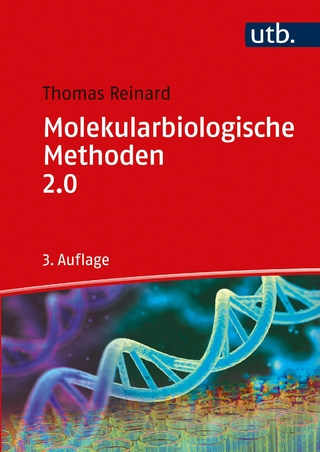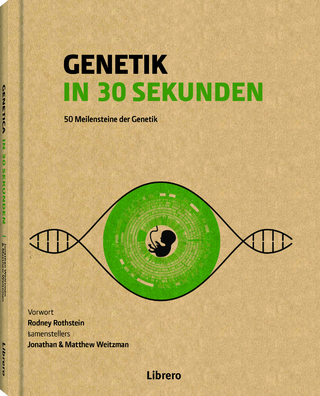
Gravity and the Behavior of Unicellular Organisms
Cambridge University Press (Verlag)
978-0-521-82052-3 (ISBN)
Unicellular organisms use gravity as an environmental guide to reach and stay in regions optimal for their growth and reproduction. These single cells play a significant role in food webs and these factors together make the effects of gravity on unicellular organisms a fascinating and important subject for scientific study. In addition, they present valuable model systems for studying the mechanisms of gravity perception, a topic of increasing interest in these days of experimentation in space. This book reveals how single cells achieve the same sensoric capacity as multicellular organisms like plants or animals. It reviews the field, discussing the historical background, ecological significance and related physiology of unicellular organisms, as well as various experimental techniques and models with which to study them. Those working on the biology of unicellular organisms, as well as in related areas of gravitational and space science will find this book of value.
Prof. Dr. Donat-Peter Häder holds the chair in botany at the Friedrich-Alexander Universität. He has been interested in gravitational biology and space research for more than 20 years and was involved in numerous space shuttle, sounding rocket, satellite and parabolic flight experiments. He is the author and editor of more than a dozen books and has published more than 450 papers in scientific journals. Michael Lebert is a botanist active in gravity-related research and computer sciences for 10 years. He has been involved as co-investigator in numerous biological experiments in microgravity on airplanes and sounding rockets. Ruth Hemmersbach, zoologist and cell biologist, has been active in gravity-related research for more than 20 years. She has been principal investigator for several biological experiments in microgravity on airplanes, sounding rockets and space shuttles.
1. Introduction; 2. Methods in gravitational biology; 3. Image analysis; 4. Fluorescence imaging; 5. Ciliates; 6. Flagellates; 7. Other organisms; 8. Responses to other stimuli; 9. Energetics; 10. Models for graviperception; 11. Evolutionary aspects of gravisensing: from bacteria to men; 12. Perspectives.
| Erscheint lt. Verlag | 17.1.2005 |
|---|---|
| Reihe/Serie | Developmental and Cell Biology Series |
| Zusatzinfo | 7 Tables, unspecified; 30 Halftones, unspecified; 70 Line drawings, unspecified |
| Verlagsort | Cambridge |
| Sprache | englisch |
| Maße | 157 x 235 mm |
| Gewicht | 478 g |
| Themenwelt | Naturwissenschaften ► Biologie ► Genetik / Molekularbiologie |
| Naturwissenschaften ► Biologie ► Mikrobiologie / Immunologie | |
| Naturwissenschaften ► Biologie ► Zellbiologie | |
| ISBN-10 | 0-521-82052-9 / 0521820529 |
| ISBN-13 | 978-0-521-82052-3 / 9780521820523 |
| Zustand | Neuware |
| Haben Sie eine Frage zum Produkt? |
aus dem Bereich


